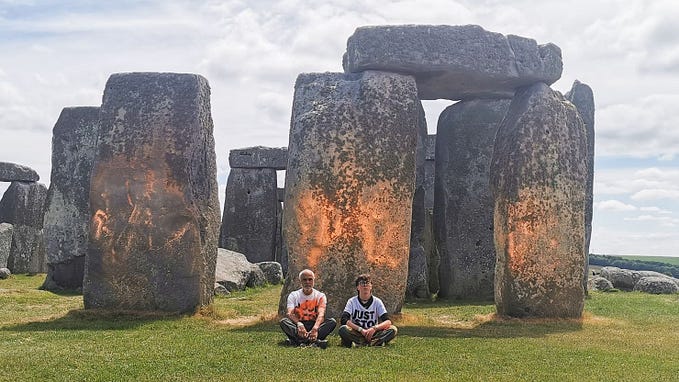Anchoring Bias
Meaning:¹ a type of cognitive bias where someone relies heavily on the first or initial piece of information that they find while making a decision.
From a Lawyer’s Lens
Most of you would have seen similar scenarios in several legal dramas if not in actual courtrooms. Leading questions are often used by lawyers to push the respondent (person answering the question) to answer in a specific manner. As may be observed above, the question itself contains some information that anchors in the direction the lawyer wants Mr. Nanavati to answer.
Even if Mr. Nanavati responds in the negative, the anchor (that he murdered Ahuja because his wife was cheating on him with Ahuja) has already been cast in the minds of everyone present, including the judge’s. This anchor tends to bias their opinions, and if the judge is not cautious enough, it could bias the outcome of the case as well.
This is a classic case of anchoring bias — a type of cognitive bias where someone relies heavily on the first or initial piece of information that they find while making a decision. They use this information as an anchor to guide their future decisions rather than using it as another piece in the puzzle.
Just like the case above, the consequences of being affected by the bias can be as severe as affecting the administration of justice. Let’s take the role played by the tabloid ‘Truth’ in the legal drama Rustom (2016) for example. The editor and publisher of the tabloid, Mr. Billimoria, circulates copies of the tabloid to the jury members to influence their decision in the case. His Truth became the jury’s anchor (albeit even subconsciously) and subsequently shaped the public opinion in the matter.
An equivalent of Truth in the real world was a magazine called ‘Blitz’ that played a striking role in shaping the opinion of the jury in the case on which Rustom was based — K. M. Nanavati v. State of Maharashtra (1962). Despite evidence and law to the contrary, the jury pronounced the verdict of ‘not guilty’. This is but one of the many examples where anchoring bias can have major consequences in real life.
From a Layperson’s Lens
Why are we susceptible to such biases?
From being influenced by the slashed out prices in ads to our first impressions of people we meet, we tend to succumb to anchoring bias on a daily basis. This is because of the imperfect way in which our brain processes information to make decisions. We use mental shortcuts that allow us to think faster but not accurately — often dubbed as thinking from System 1. Such a thinking is also highly driven by emotions, among other things.
In case of anchoring bias, the more difficult a decision feels the stronger we cling onto the anchor (the first piece of information).

If we are now aware of this bias, then we can avoid it the next time it occurs, right?
Logically, that could have worked. However, it is often difficult to recognize cognitive biases when they occur; and even if we do, studies show that we may not always be able to avoid it.
This means that ‘awareness’ is NOT equal to ‘avoidance’. But that does not mean we would always succumb to it.
In order to successfully recognize and avoid succumbing to anchoring bias most of the time, we need to train our System 1 to instinctively recognize it. This is a gradual process from acknowledging its existence, then trying to set your own anchor based on your individual knowledge and circumstances and then making an informed and carefully considered decision.
If you were a jury member in the above case, how would this play out?
When you receive a copy of the tabloid or any other information presented before the court, you would ask yourself these two questions:
- What do I think I know? That Mr. Nanavati is an upright officer who was wronged by his wife and best friend.
- How do I think I know it? Because the tabloid said so.
Once you’ve recognized your source of knowledge, you would want to question the authority of the source, understand your personal knowledge on determining somebody’s guilt and accordingly consider the evidence in the matter.
While this was only illustrative, each circumstance would require a different type of questioning. Nevertheless, continuously questioning ourselves and our source of information would definitely be a good first step in navigating around the bias.
Food for Thought
When you mention the Nanavati trial to anybody, they are most likely to tell you that it was the case that led to abolishing of jury trial in India. Based on the above discussion and using the two questions, can you establish the truth of that statement?
(Here’s a hint, but not the answer itself.)
Author’s note: While I truly enjoy reading and writing about cognitive psychology, I am no expert in this field. So would urge you to refer to authorities in this field and their research as well. Happy learning! :)
Footnotes
- Tversky, A. & Kahneman, D., Judgment Under Uncertainty: Heuristics and Biases (1982)







